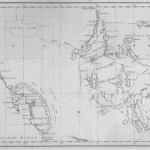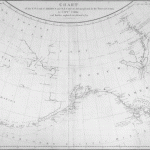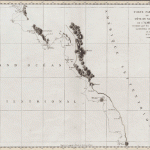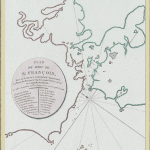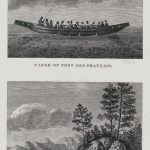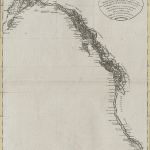Inspired by Captain Cook’s example and, on the part of some, strongly motivated by the opportunity to make a fortune in the fur trade, many explorers, adventurers, and scallywags followed in Captain Cook’s wake. The first on the scene were English fur traders. Some, such as Dixon and Portlock, had sailed with Cook himself and were backed by English investors to return to the Pacific Northwest to capitalize on the opportunity. Others, such as Meares, were quick to seize the opportunity to engage in the fur trade and were less than scrupulous in their behavior. A number of Americans, including Captain Robert Gray, also joined the hunt. The natives quickly learned to discriminate by nationality; the English were known as King’s Men and the Americans became known as Boston Men. After a few years, the Boston Men were the more numerous. Their activities led to the establishment of the fur trade between America and China. By 1800, America was China’s largest trading partner and maintained that status until 1950.
The French watched the activity closely. They were especially impressed by the discoveries and scientific exploits of Captain Cook’s three expeditions and by the prestige that accrued to Great Britain. They resolved to send an expedition under the French flag to the Pacific, commissioning the comte de La Pérouse and two fine French frigates to undertake the mission. Like Cook, an excellent sailor and navigator, La Pérouse made several important discoveries. Unfortunately, his voyage ended in tragedy. England countered again with the four-year expedition of George Vancouver that produced excellent charts of the entire coastline of the Pacific Northwest and once and for all put to rest the notion of a Northwest Passage connecting the Atlantic and Pacific Oceans.

